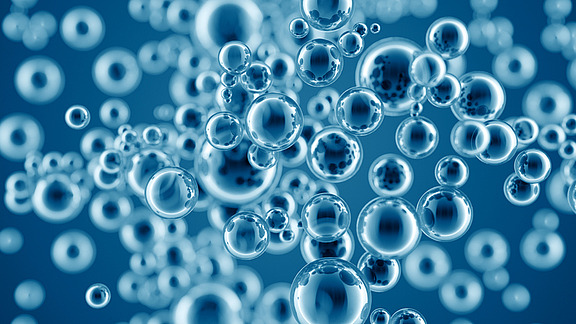Often colloquially referred to as hyaluronic acid or hyaluronan, the technically correct term is sodium salt of hyaluronic acid or sodium hyaluronate. In its natural form, it is available not as an acid but only as a sodium salt.
These days, hyaluronic acid is obtained primarily via biotechnology (fermentation of a natural strain of streptococcus equi). This means it is a product of non-animal origin.
Hyaluronic acid has a sustained effect on the skin. It helps to store moisture in the connective tissue. This makes the skin tauter and firmer. Wrinkles are visibly reduced. Hyaluronic acid can bind water and thus contribute to the stability and friction-free movement of joints.
In terms of its degree of purity and molecular weight or intrinsic viscosity, a wide range of different quality levels are available.
Application:
Essentially, the product can be divided into three areas of application. Pharmaceutical applications (drugs, medical devices), cosmetic applications (such as anti-ageing creams), and nutritional supplements for humans and animals. Within each category, distinctions are made between other quality attributes. In particular, the range of pharmaceutical qualities is varied (e.g. eye drops, skin injections and viscoelastics for intra-articular or intra-ocular use).


